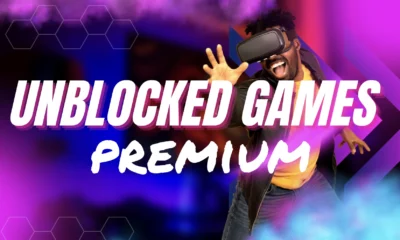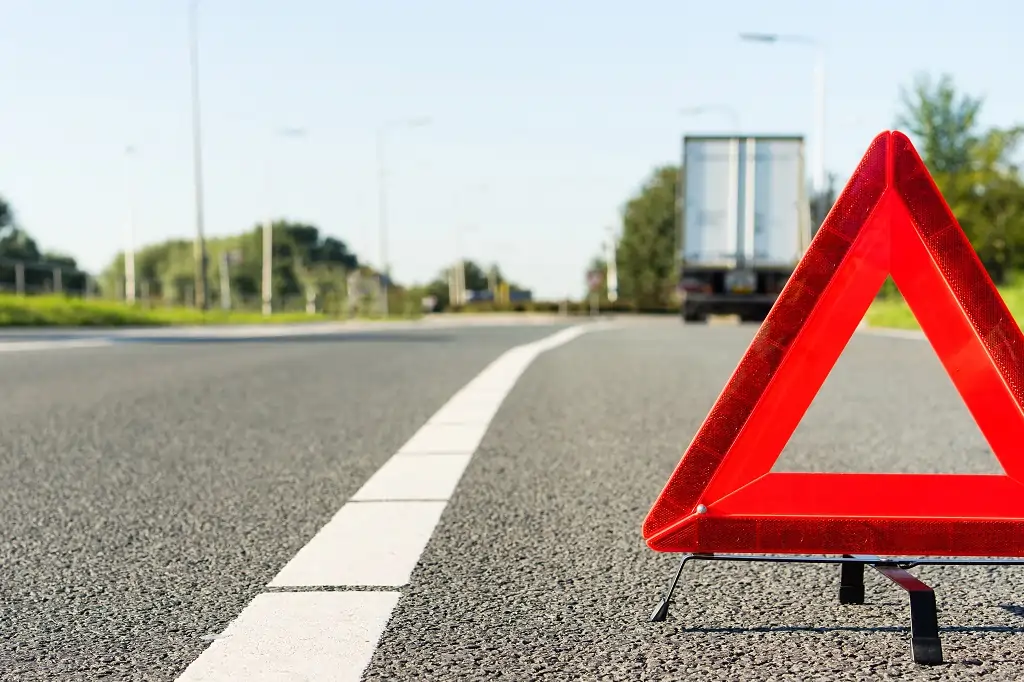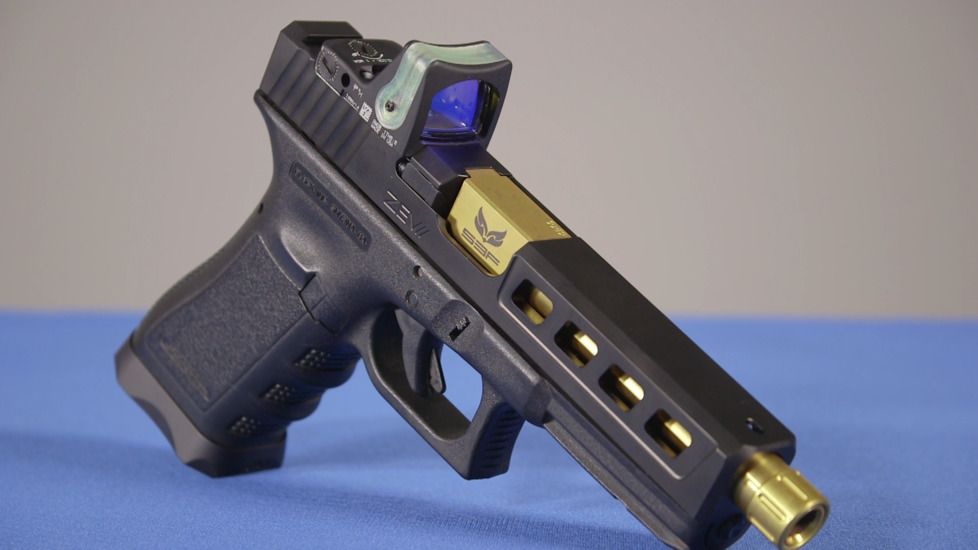Medical kiosks are helping high-growth medical practices meet challenges like rising equipment, supplies, and insurance costs. They’re also making it easier for patients to pay their balances and reduce the risk of claim rejection.
Traditionally, patients sign in on paper, and staff manually input this information into the system. With integrated kiosks, this process is automated.
Automated Queuing
Medical clinics, hospitals, and other healthcare centers utilize patient check-in kiosks to reduce lengthy wait times and improve customer experience. Easy check-ins free up staff to focus on more pressing tasks, enhancing productivity and efficiency. Automated processes also reduce errors in data entry, which can lead to delays in service and ultimately negatively impact the patient experience.
A digital queue management system allows guests to self-check in upon arrival using a lobby kiosk or mobile app and automatically adds them to the virtual waiting list. This digital queue automatically monitors rates of arrival and throughput to provide accurate estimated wait time updates for guests via SMS or on a lobby display screen.
Unlike paper sign-in sheets, which rely on the visitor to estimate, fudge, or lie about when they arrived, every entry in the medical check-in kiosk is legible and accurately time stamped. This gives departments a real-time view of the office’s performance and helps them respond faster. It also provides valuable documentation and reports that can be used to analyze office performance down to the hourly increment.
Personalized Experiences
Medical kiosks make patient check-in simple and intuitive. They enable patients to enter their names, which alerts staff of their presence and allows them to add or update their medical history. The system can also automatically queue patients by their scheduled appointments and times of arrival to help manage wait times. It can take a patient headshot for more robust file keeping and accept payment via card or chip reader.
The system can also be integrated with smart algorithms that prioritize patients based on the urgency of their visit. This can reduce patient waiting times and improve overall efficiency in hospitals and clinics.
The system can also be used to help patients find their way around more extensive facilities, reducing stress and confusion. While this feature is not essential for a small medical practice, it is beneficial for large hospitals or crowded EDs, where it can help patients avoid getting lost in hallways or wasting valuable time trying to find their way around. In addition, healthcare kiosks adhere to strict data protection regulations, ensuring patient privacy and limiting the spread of infection in crowded areas.
Convenience
Streamlined registration and payment processes, freeing front office staff to focus on more critical tasks, including answering patient questions. This improves patient satisfaction and loyalty.
Self-service kiosks offer convenient options for patients to pay copays and other fees. This also reduces accounts receivable and collection risk. The system records payments and generates automatic receipts for transparency. This has a positive impact on cash flow and profitability.
Medical check-in kiosks help keep staff safe from infectious diseases by avoiding direct human contact. They also prevent patient misinformation by allowing them to enter their information. Moreover, they can be equipped with attachments that hold hand sanitizer gel or wipes to eliminate staff needing to touch the screen.
Medical check-in kiosks are increasingly used in specialty offices, dialysis units, and drug treatment facilities. They can help streamline processes and provide better services for patients of all ages. They can even verify patients with biometrics devices that use fingerprint, facial recognition, or iris scanning for security purposes. They can also be integrated with EHR systems to automate patient data transfer.
Flexibility
By removing front desk staff from menial tasks like swiping cards, asking repetitive questions, capturing card images, and data entry, medical kiosks allow them to focus on more important jobs that enhance patient experiences. They can use the extra time to answer patient questions, assist with completing forms, or even take a headshot for more robust information gathering and better filekeeping.
Medical check-in kiosks can also function as facility maps, reducing the need for a dedicated receptionist to direct patients around the building. They can be displayed in your waiting room or throughout your facility, depending on the size and layout of your facilities.
Kiosks can even be equipped to offer basic diagnostic tests that will further reduce your need for front-desk personnel, such as spirometry and blood glucose. Adding these kiosks can reduce overall costs and increase efficiency by allowing your patients to complete some of the work themselves. These features will create stronger connections with your customers and improve customer loyalty. In addition, they will enable you to understand your customer needs better and develop a more effective business model.
Security
With patient check-in kiosks, medical staff can minimize face-to-face contact and exposure to germs. This is especially important in a high-stress environment like hospitals or clinics. Kiosks also improve infection control by limiting the transfer of germs through physical touch, which reduces the risk of cross-contamination.
A kiosk’s ability to capture a patient’s identification information also means that it can be a valuable tool for capturing and documenting consent forms for various procedures, such as X-rays and blood tests. This eliminates the need for a nurse to print off documents and sign them, saving time and reducing the possibility of errors.
Kiosks can integrate with a provider’s back-end systems, allowing patients to confirm or reschedule their appointments and even request follow-up appointment times at the kiosk. This enables healthcare professionals to devote more attention to each patient and ensure they have all the information they need to provide excellent care. Enhanced security measures, including encryption protocols and compliance with data privacy laws, are critical to ensuring kiosks can securely handle sensitive medical information. Accessibility features such as multilingual support and adjustable font sizes can make the kiosk experience more accessible to all patients.

 Health10 months ago
Health10 months ago
 Tech9 months ago
Tech9 months ago
 Games7 months ago
Games7 months ago
 Entertainment10 months ago
Entertainment10 months ago
 NEWS10 months ago
NEWS10 months ago
 Games10 months ago
Games10 months ago
 Games10 months ago
Games10 months ago
 NEWS10 months ago
NEWS10 months ago






